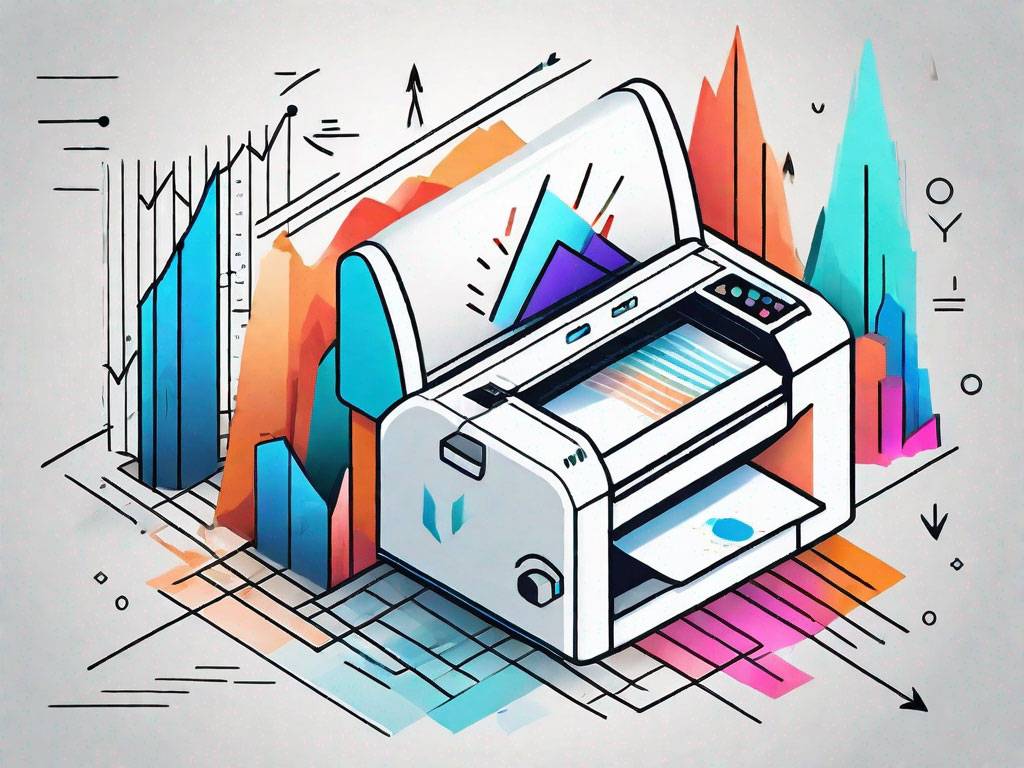Learn the foundations of product creation with print on demand platforms.
Learn the foundations of product creation with print on demand platforms.
Blog Article
Comprehending How Digital Printing Transforms the Printing Industry
The printing market, long soaked in conventional techniques, is undertaking an extreme improvement with the advent of electronic printing. This ingenious modern technology, which avoids the need for publishing plates, enables quick manufacturing and modification, reshaping the landscape of print interaction. With its prospective to spur interaction with personalized content and to supply lasting remedies, it's clear that electronic printing is more than a technological advancement; it's a critical video game changer. But exactly how specifically does it transform the sector? Let's explore.
The Advancement of Digital Printing: A Brief Review
Considering that its beginning, electronic printing has undergone significant makeovers, consistently reinventing the printing sector. With the development of the 90s, electronic printing innovation began to develop, and the market experienced the intro of straight imaging presses, which eliminated the requirement for printing plates. As the brand-new millennium unravelled, developments in technology even more spurred the development of electronic printing, leading to the creation of high-speed inkjet printers.

Unloading the Innovation Behind Digital Printing
Looking into the ins and outs of electronic printing modern technology, one runs into an abundant tapestry of advanced machinery and facility algorithms. At the heart of this process lies an electronic image, which is refined by software program that splits it into a grid of dots. These dots are after that transformed into an electronic code. This code is translated by the printer, which utilizes it to exactly deposit beads of ink onto the substrate. The droplets are so small and specific that they create an image that is virtually indistinguishable from the original. This detailed system, bolstered by advanced software program and high-resolution imaging, has transformed the landscape of the printing market, leading the way for unprecedented levels of detail and accuracy.

The Advantages of Digital Printing for Services
Comprehending the innovation behind digital printing supplies a clear photo of its accuracy and information. Digital printing is ecologically friendly, making use of less ink and creating much less waste. The full potential of electronic printing is recognized when used for modification and personalization, a subject that will be covered in deepness in the following area.
The Function of Digital Printing in Customization and Personalization
While conventional printing approaches have problem with customization and personalization, electronic printing succeeds in these locations. It enables the easy alteration of layouts, without the demand for expensive and time-consuming plate adjustments (print on demand). This makes it possible for organizations to customize products to specific customers, meeting details requirements and enhancing consumer complete satisfaction
Digital printing also permits variable data printing, where components such as message, graphics, and pictures may be changed from one published item to the following, without slowing down the printing procedure. This is specifically useful for straight marketing projects, where individualized messaging can substantially boost reaction rates. In this way, digital printing not only reinvents the printing sector yet also transforms more the way organizations communicate with their clients.
Evaluating the Environmental Impact of Digital Printing
Although digital printing has actually been lauded for its function in personalization and personalization, it is important to analyze its environmental influence. Digital printing can be less inefficient than traditional approaches, since it runs on a 'print on need' basis, removing the requirement for huge print runs that can result in surplus and waste. In addition, it utilizes fewer chemicals and produces less unstable natural substances (VOCs) compared to counter printing. Nonetheless, the energy usage of electronic printers can be high, leading to raised carbon footprint. Furthermore, the use of non-recyclable printing elements and the difficulty of e-waste monitoring posture considerable environmental problems. While digital printing has many advantages, its environmental influence must be diligently handled. dig this
Conclusion
In final thought, here are the findings digital printing has actually changed the printing industry, supplying quick, affordable, and high-quality solutions - print on demand. Recognizing these changes is important for businesses to utilize the advantages of digital printing properly.
Report this page